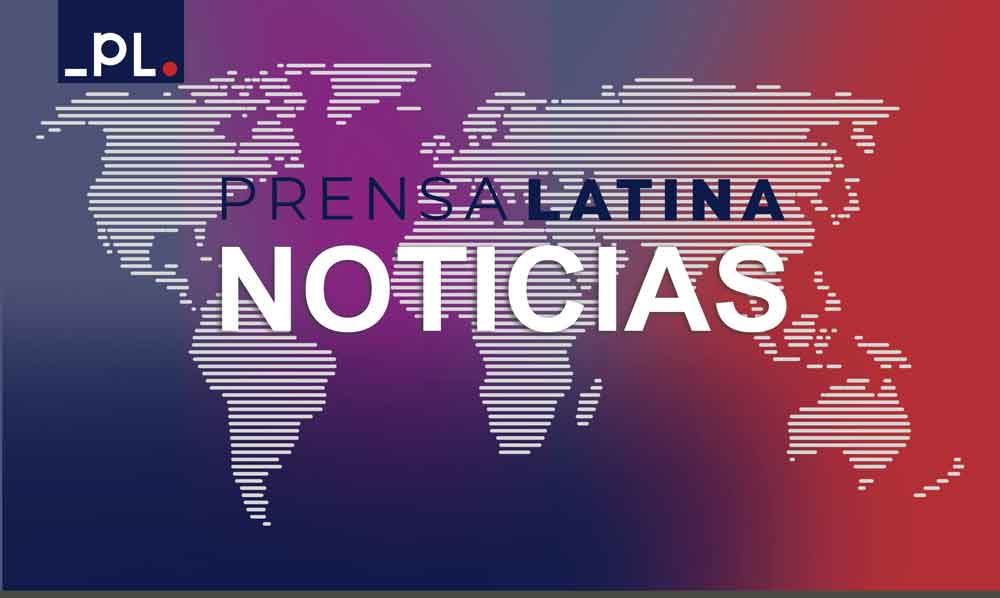This fact marks the political and social development of Ecuador and has a common denominator: the repression of the Ecuadorian state, used to satisfy the demands of citizens during social protests, Inredh said in a statement.
The authorities’ violent crackdown on the demonstrators resulted in the deaths of Edison Mosquera, Silvia Mera, José Chaluisa, Marco Oto, Segundo Inocencio Tucumbi, Gabriel Angulo, Abelardo Vega, Raúl Chilpe and Edgar Yucailla.
There were also six more deaths in another historic strike against the neoliberal approach of the current ruler Guillermo Lasso in June 2022.
In the context of police or military repression, it is important to take into account that several people died as a result of the attack using weapons that were classified as “non-lethal”, but in practice resulted in death, with those who were injured or lost, their limbs are not counted. Eyes, Inredh specified.
According to the Office of the Ecuadorian Ombudsman, 1,340 people were injured during the 2019 nationwide strike, while the Ecuadorian Human Rights Alliance recorded 318 people injured in 2022.
From the Inredh Foundation they demand truth, justice and remembrance so that these cases do not go unpunished, and demand that the Ecuadorian state recognize its responsibility for the serious human rights violations that arise in these contexts of social protests.
They also called for non-repetition measures “that make it possible to honor the memory of the people murdered by state repression and to remember their names as fighters for a dignified life in the broadest sense of human dignity.”
Four years ago, thousands of Ecuadorians took to the streets after Moreno ordered a series of measures such as the elimination of fuel subsidies and the liberalization of diesel and gasoline prices, as well as violations of the rights of public servants.
Rubber bullets, tear gas fired just meters from the crowd, and even troops on horseback and tanks were used to stop a people exercising their right to protest and tired of being ignored by their authorities.
The uprisings were led by the indigenous movement and supported by other social groups such as workers and university students.
Ode/avr

